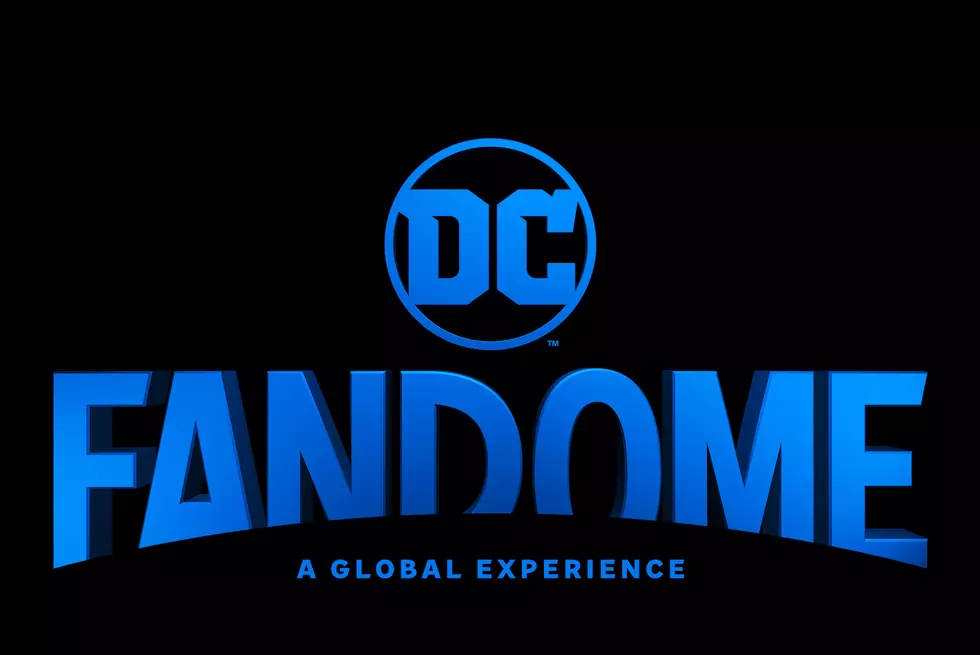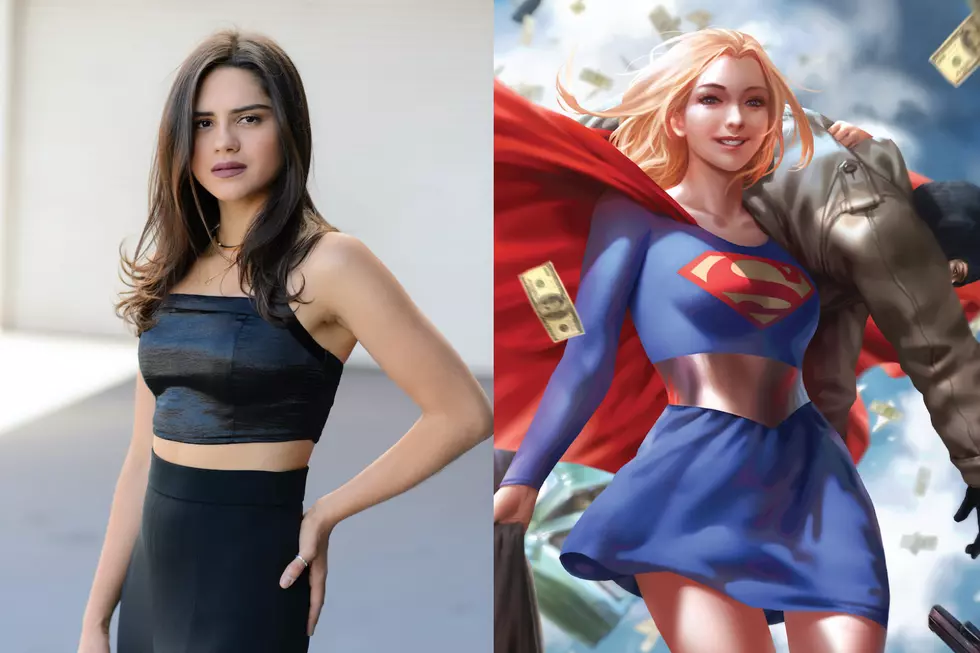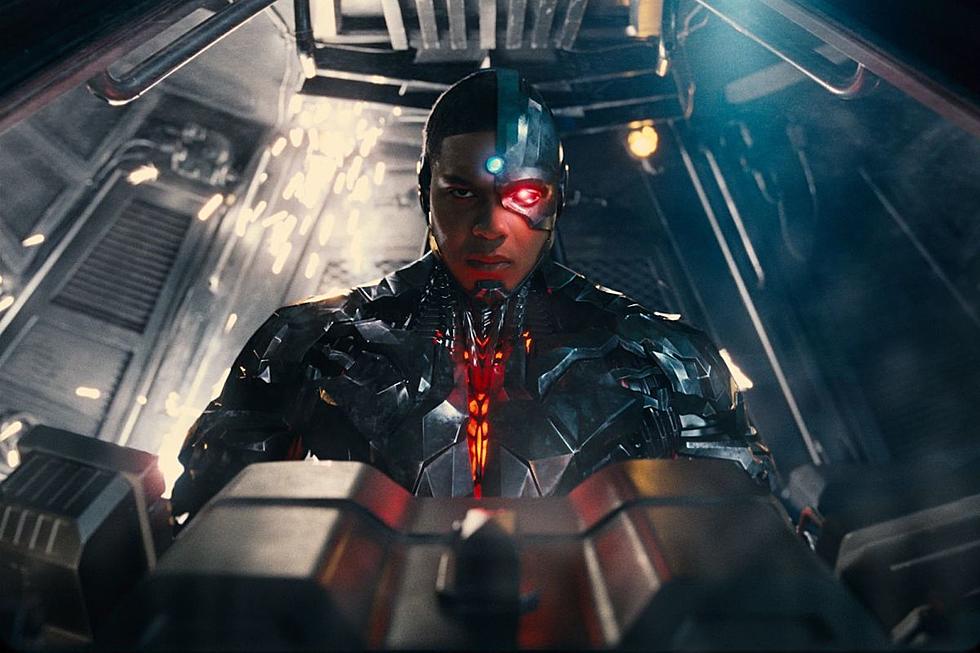
Mr. DC Comics: How Carmine Infantino Saved Superheroes
It's not an exaggeration to say that Carmine Infantino is one of the most significant and influential figures in the history of comics. On the surface, it's easy to point out his role in the creation of Barry Allen, Wally West, Barbara Gordon, Black Canary, Deadman, Elongated Man, the Human Target, Detective Chimp, and many more as a sign of his influence. But on a macro scale, his streamlined, mid-century modern style determined the aesthetic of what would prove to be the renaissance of the superhero genre in the Silver Age, and his bold editorial direction would usher in comics' next great era, the Bronze Age. Indeed, without Carmine Infantino, comics as we know them would not exist.
Carmine Michael Infantino was born on this day in 1925 in Brooklyn. His father was a musician who turned plumber during the Great Depression, and his mother had emigrated to the US from Italy. As a young man, Infantino attended the School of Industrial Art, and by his freshman year of high school he found work at the studio of comic book packager Harry “A” Chesler, who paid him a dollar a day to hone his craft.
By 1942, he was inking Frank Giacoia's pencils on Jack Frost stories for Timely, the company that would become Marvel. He would do work at several publishers during the '40s, including Human Torch and Angel stories for Timely, the Heap and Airboy for Hillman Periodicals, and various stories at Fawcett Comics and Holyoke Publishing. By 1947, however, he had landed at DC Comics, with whom he would come to have a long association. His first story for that publisher, a Johnny Thunder six-pager in Flash Comics #86, saw the debut of Black Canary. An auspicious start.
Soon Infantino was the regular artist of the Golden Age Green Lantern and Justice Society of America features, and drawing stories featuring the character with whom he is perhaps most associated, the Flash --- though this was the original Jay Garrick version. He would, in fact, draw the final issue of Flash Comics, the last issue of the Golden Age version of the Flash, and the first appearance of perhaps Jay Garrick's most notable foe, the Rival.
Following a period in the early '50s spent drawing books of various genres (including horror --- during this period, he would co-create the Phantom Stranger with John Broome), Infantino would, at the behest of editor Julie Schwartz, and together with writers Robert Kanigher and John Broome, resurrect the superhero genre with the debut of the Barry Allen Flash in 1956's Showcase #4. Infantino's sleek style, combined with the sci-fi tinged stories of writers Kanigher, Broome, and Gardner Fox, proved a great success, and the superhero revival was on.
Infantino's modern style gave a new look to superhero design. Golden Age heroes wore baggy jerseys, puffy pants, and often busy accoutrements like capes, hoods, and buccaneer boots. Infantino's Flash design, inarguably one of the best — if not the best — superhero costume designs of all time, does away with many of these clumsier design elements for something bolder and more streamlined. The influence of this design can be seen on other notable heroes of the Silver Age, including the Hal Jordan Green Lantern, and Spider-Man.
As artist on the Flash, Infantino co-created such notable characters as Barry Allen, Iris West, Wally West, Elongated Man and Sue Dibny, and the Flash's most famous rogues, including Mirror Master, Captain Cold, Gorilla Grodd, and the Reverse Flash. He would be the artist on one of the most monumental single issues of all time, “The Flash of Two Worlds,” and would draw some of the boldest and most iconic covers of the era (and, indeed, of all time).
In 1964, Infantino was tasked with reviving the Batman titles, whose dwindling sales had the Caped Crusader on the verge of cancellation. Infantino's take on Batman led to what is known as the “New Look” era, which served as the direct inspiration for the 1966 Batman television show, and restored the Masked Manhunter's popularity for good. During this period, Infantino co-created the Barbara Gordon Batgirl and the villainous Blockbuster.
When Stan Lee offered Infantino $22,000 to move to Marvel in 1967, DC could not match that offer, but instead promoted him to the position of art director. From there, he became editorial director, and by 1971, he was the publisher of DC Comics.
During his editorial tenure, Infantino was responsible for appointing artists such as Mike Sekowsky, Joe Kubert, and Dick Giordano as editors, and bringing in such new talent as Denny O'Neil and Neal Adams and a fresh-faced newcomer named Jack Kirby. It was under Infantino's editorial direction that books such as Green Lantern/Green Arrow and Kirby's Fourth World ushered in the more socially conscious Bronze Age of Comics.
After being ousted from his position as publisher in 1976, Infantino returned to freelancing, drawing Star Wars during the comic's most popular era, as well as Spider-Woman, Nova, and Supergirl, among many others. He would return to the title that he made famous, Flash, in 1981, and continue to draw that title until its cancellation with issue #350 in 1985.
In 1990, he began as the artist of the syndicated Batman newspaper strip, which he drew until its cancellation the next year. He would then teach at the School of Visual Arts until his retirement.
Infantino died at home at the age of 87 in 2013, leaving behind a body of work as an artist and editor the likes of which few can claim to have matched. Let's take this opportunity to remember the life and impact of this man who reinvented the Flash, rescued Batman, and turned superheroes from a forgotten genre into the billion dollar industry it is today.
More From ComicsAlliance









